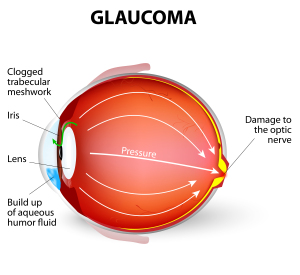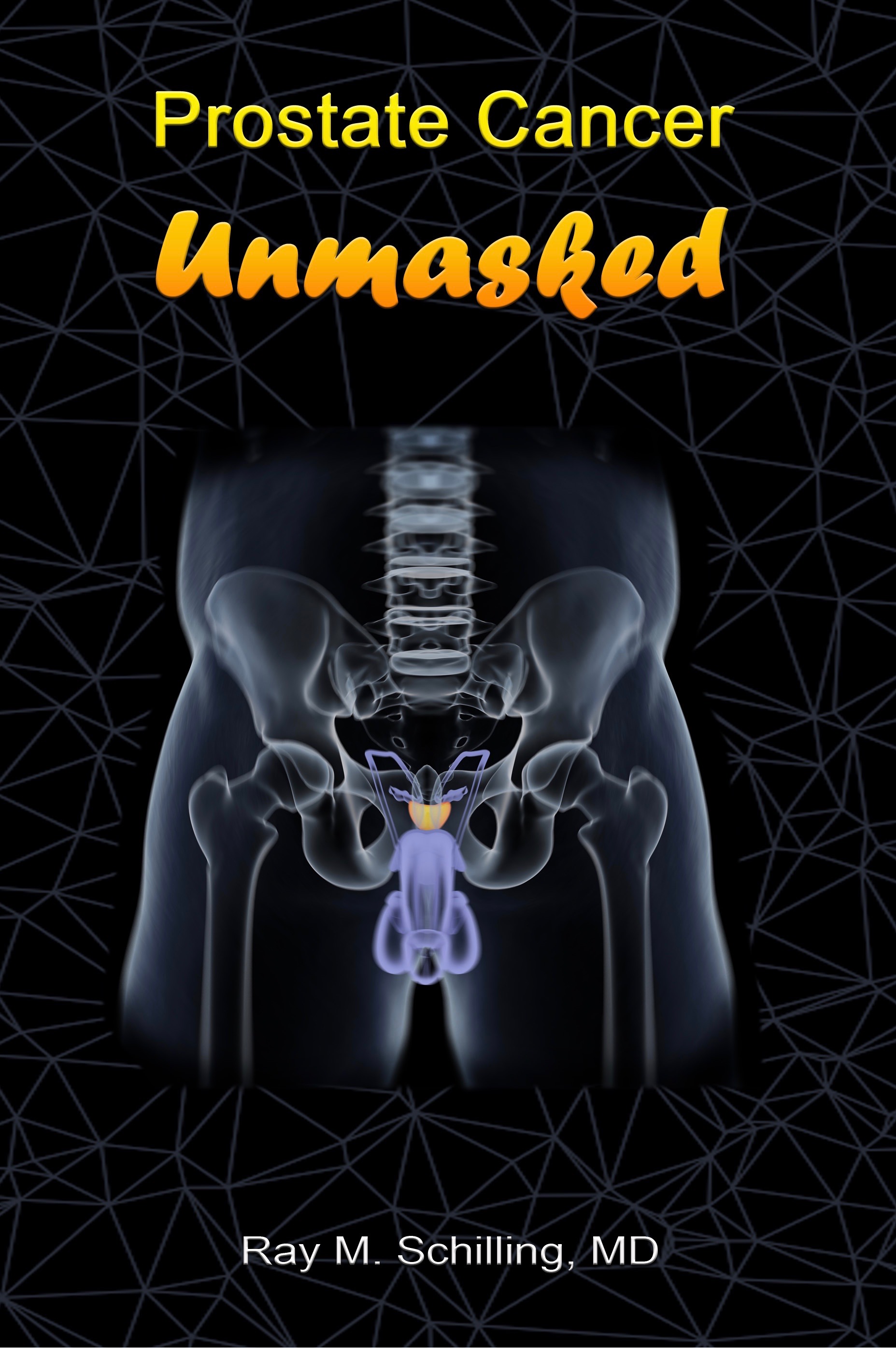Introduction
When the optic nerve stops working, it undergoes degeneration, called optic atrophy. Here is a summary of optic atrophy and depiction how the optic nerve atrophies as well.
Signs and Symptoms
Depending on what the underlying pathological process is, the symptoms can be quite different. For instance, in a multiple sclerosis patient it may take a number of months or years before a complete optic atrophy develops. Long before it develops progressively, there may have been double vision first because of weakness in the eye muscle coordination.
On the other end of the scale there might be a sudden loss of vision because of a brain tumor that puts pressure from behind the eye onto the optic nerve leading to a sudden reversible optic atrophy. If the tumor is benign and is amenable to neurosurgical removal, the neurosurgeon can recover part or all of the vision.
Diagnostic Test
When the physician looks through the ophthalmoscope or examines the eye with the help of the slit lamp, this picture of the fundus with optic atrophy would be seen. This was the finding in a patient who was blind on that eye from multiple sclerosis.
Treatment
With a condition like multiple sclerosis optimal treatment including immunotherapy can arrest the disease process. This stops or prevents the development of optic atrophy. Unfortunately, when it is present, it is difficult to help this patient. However, in an acute optic atrophy case with increased eye pressure (e.g. glaucoma), the eye pressure can be quickly lowered and the patient may recover some or all of the vision. Similarly, as already pointed out in the case where a benign tumor puts pressure from behind onto the eye, removal of the tumor can often restore most, if not all of the vision.
References
1. The Merck Manual: optic neuritis, which leads to optic atrophy
2. Ferri: Ferri’s Clinical Advisor: Instant Diagnosis and Treatment, 2004 ed., Copyright © 2004 Mosby, Inc.
3. Rakel: Conn’s Current Therapy 2004, 56th ed., Copyright © 2004 Elsevier







